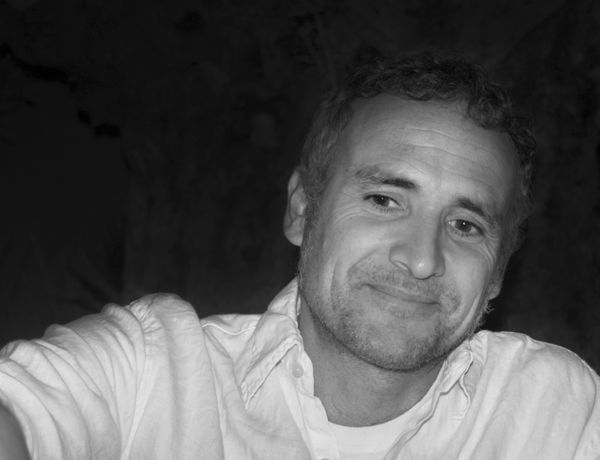
Naples, Metropolitan City of Naples, Italy
Residenziale - Appartamento
Il progettato offre una risposta alle richieste del cliente che, rispetto alla configurazione attuale dell’appartamento, chiede che venga previsto un bagno in più (il secondo). La posizione presunta della fecale condominiale spiega la posizione, altrettanto decentrata, dell’unico bagno presente che, inoltre, ha l’accesso direttamente dalla cucina cosa, questa, non più consentita dai regolamenti edilizi (almeno in Italia). Nel rispetto della fattibilità tecnica, il progetto prevede lo spostamento del bagno in posizione baricentrica relativamente alla configurazione di progetto. Nella stessa zona viene previsto anche il secondo che, con il solo spostamento della porta di accesso, può essere realizzato come bagno ad uso esclusivo della camera da letto padronale. Nel caso di uso comune per entrambi, gli accessi avvengono da un disimpegno comune attrezzato con un vano lavanderia chiuso capace di contenere, oltre che ripiani ripostiglio, la lavatrice inserita in un mobile lavatoio oppure la lavatrice e l'asciugatrice disposte in colonna e con un mobile contenitore utile al deposito delle “cose di casa”. Il disimpegno si innesta al centro del percorso longitudinale sul quale si innestano i vari ambienti compresa la piccola sala d’ingresso. Tutti tranne la cucina alla quale si accede dal soggiorno costituendo con questo la zona giorno dell’appartamento. La zona notte rimane identica a quella attuale. Una variante di questa configurazione prevede un unico ambiente soggiorno/pranzo-angolo cottura ottenendo così una zona giorno più ariosa e luminosa per quanto meno definita funzionalmente.
La seconda ipotesi che viene proposta prevede il ribaltamento delle zone giorno e notte. Spostando quest’ultima nell’area occupata attualmente dalla zona giorno è possibile ottenere un soggiorno e una cucina abitabile di dimensioni più grandi. La cucina si innesta sul percorso che introduce al soggiorno con una penisola che definisce idealmente l’area della cucina stessa. In questo modo il tradizionale “fulcro della casa” si apre e si espande partecipando con maggiore presenza alla vita domestica. Dei due bagni previsti, uno rimane nella posizione dell’unico bagno attualmente presente ed è ad uso esclusivo della camera da letto padronale, l’altro, ad uso comune, rimane nella stessa posizione dell’ipotesi precedente conservando la configurazione di accesso mediante il disimpegno attrezzato come descritto con la differenza che il vano lavanderia si trova all’interno del bagno e anche questo capace di contenere, oltre che ripiani ripostiglio, la lavatrice inserita in un mobile lavatoio oppure la lavatrice e l'asciugatrice disposte in colonna.
The project offers an answer to customer requests who, compared to the current configuration of the apartment, ask for an extra bathroom (the second). The presumed position of the condominium fecal explains the equally decentralized position of the only bathroom present which also has direct access from the kitchen, which is no longer allowed by building regulations (at least in Italy). In compliance with the technical feasibility, the project foresees the displacement of the bathroom in a barycentric position relative to the project configuration. In the same area there is also a second bathroom which, by simply moving the access door, can be created as a bathroom for the exclusive use of the master bedroom. In the case of common use for both, the accesses take place from a common hallway equipped with a closed laundry compartment capable of containing, in addition to storage shelves, the washing machine inserted in a sink cabinet or the washing machine and dryer arranged in a column and with a storage unit useful for storing "household things". The hallway is grafted into the center of the longitudinal path on which the various rooms are grafted, including the small entrance hall. All except the kitchen which is accessed from the living room thus constituting the living area of the apartment. The sleeping area remains identical to the current one. A variant of this configuration provides a single living / dining-kitchenette area, thus obtaining a more airy and bright living area, although less functionally defined.
The second hypothesis proposed involves the overturning of the day and night areas. By moving the latter to the area currently occupied by the living area, it is possible to obtain a larger living room and kitchen. The kitchen is grafted onto the path that introduces the living room with a peninsula that ideally defines the area of the kitchen itself. In this way, the traditional "fulcrum of the home" opens and expands, participating with greater presence in domestic life. Of the two bathrooms provided, one remains in the position of the only bathroom currently present and is for the exclusive use of the master bedroom, the other, for common use, remains in the same position as the previous hypothesis, preserving the access configuration through the hallway equipped as described with the difference that the laundry compartment is located inside the bathroom and also this capable of containing, as well as storage shelves, the washing machine inserted in a sink cabinet or the washing machine and dryer arranged in a column.